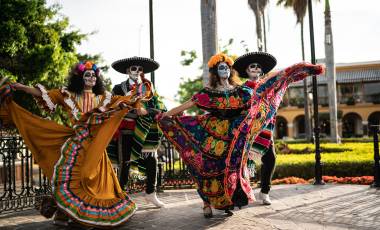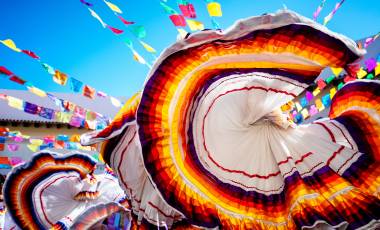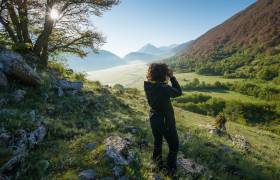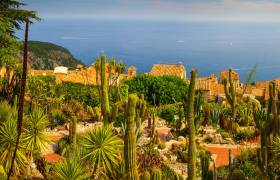Read time – 2 minutes
“Vamanos … time to go … vamos” our guide kept repeating, leaving me with no option other than to (reluctantly!) part with the cool bench where I had sought refuge.
Mayan Civilisation
Sitting and observing the grandeur of these pyramids in Tikal Guatemala had left me so mesmerized that I had lost track of the rendezvous time set by our leader.
While getting ready for the trip, as excited as I was, I always had at the back of my mind that this was La Ruta Maya. Hence I was preparing myself to also get a bit (Mayan) “ruined out”. But looking back on the trip now, I am pleasantly surprised that my predictions of this were wrong.
Exploring Tikal
Tikal was the last site we visited and therefore, at this point, got me to understand and appreciate these grand structures and the whole of the Mayan civilization all the more.
It had become clear to me that these archaeological sites other than the “common centrepiece pyramids” often seen on guide books, magazines and tourism promotional stands have much more uncommon features that make them stand out as unique.
Palenque, for example, the famous Mayan site at the low hills of Chiapas region of Mexico, has pyramids, sanctuaries and temples, with sculptured wall-panels and reasonably well-preserved roofs, making it the finest surviving example of Mayan buildings.
It is nestled in the foothills of a jungle setting – a sheer jaw-dropping site. No wonder this is one of the most photographed sites amongst the many Mayan ruins in the region!
Another site, Chichen Itza, has the central pyramid as the main attraction. This spectacular, massive step-pyramid dominates the whole of the archaeological site.
Now listed as one of the Seven New Wonders of the World along with the likes of The Great Wall and Taj Mahal, it is hardly a surprise that this is one of the most popular and recognized tourist sites of Mexico.
The seaside Mayan archaeological site Tulum in Yucatan is unique in itself. In its time Tulum served as a point of defence against invaders, and also as a port of call for maritime commerce. Built as a port city on a cliff, it understandably does not have a centre pyramid or towering buildings and is comparatively smaller.
The uniqueness of a visit here is that one can do the sightseeing on foot and then end the tour by putting on a swimsuit and seeing the ruins from the water. Seeing the site from the ground and water truly is a feast for one’s eyes.
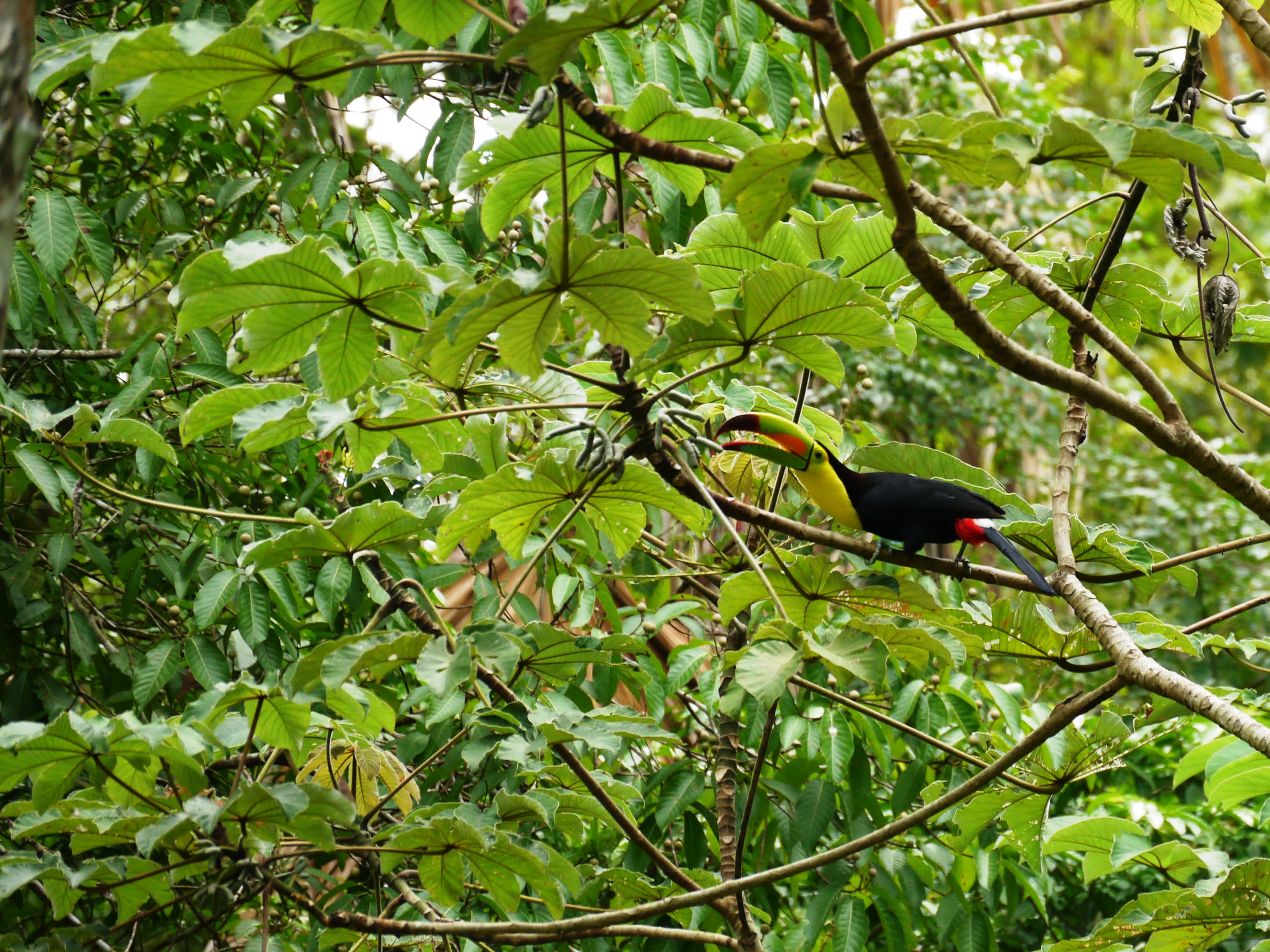 Toucan in Tikal
Toucan in Tikal
Tikal, located in the lowlands of the dense Guatemalan jungle, is striking. It is only after being at this monumental site, with the towering pyramids looming out of a dense forest, that one can understand how this site remained hidden from the outer world for so long, covered in undergrowth.
Excavation and well thought out restoration work now gives a good balance between how the structures looked when rediscovered and how they looked when the city was still inhabited.
This tour combines sightseeing with a jungle walk, giving the chance to learn about the flora and see the wildlife all around. It was not just these great sites, but the “behind the scene” facts and figures that left me dazzled by this great Mayan civilisation.
I was incredulous to learn that amongst other things, the Mayans were remarkably skilled in mathematics and astronomy, but never developed the wheel as a tool. Their intelligence comes through elsewhere; all the temples are constructed precisely enough to be aligned with all sorts of astronomical events, with accuracy to fractions of a percent.
Astonishing though it is, this entire great civilisation totally collapsed because of reasons unknown to us – was it drought, diseases, a tsunami maybe? Many question still race through my head, unanswered, whenever I look back and think of this amazing trip. – By Exodus’ Niraj Shrestha
Find more trips to Central America below and discover the Maya civilisation.


